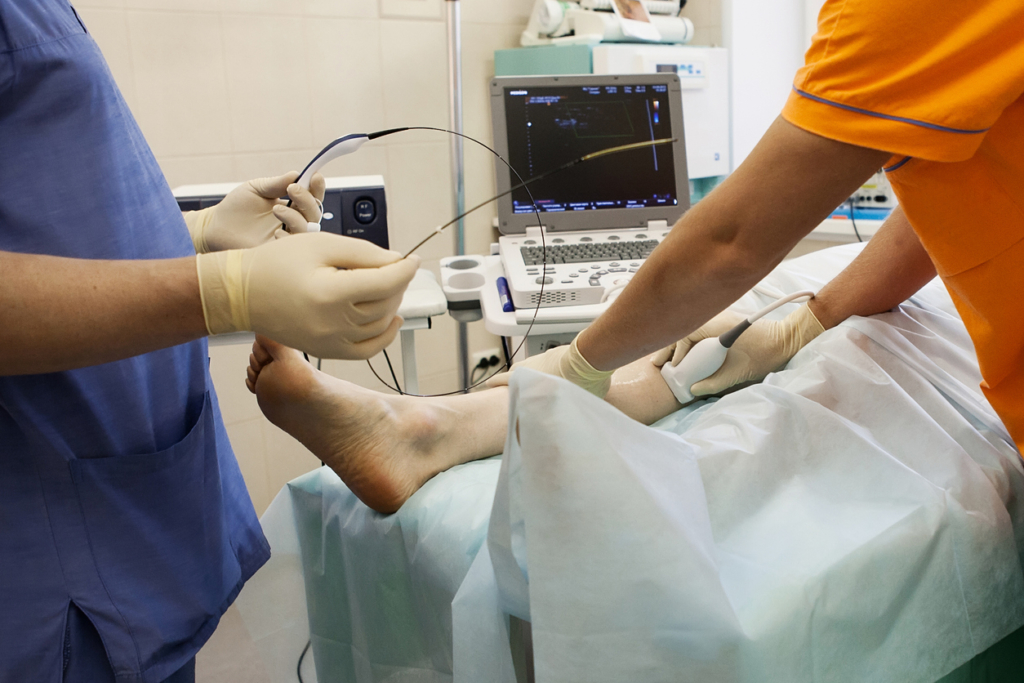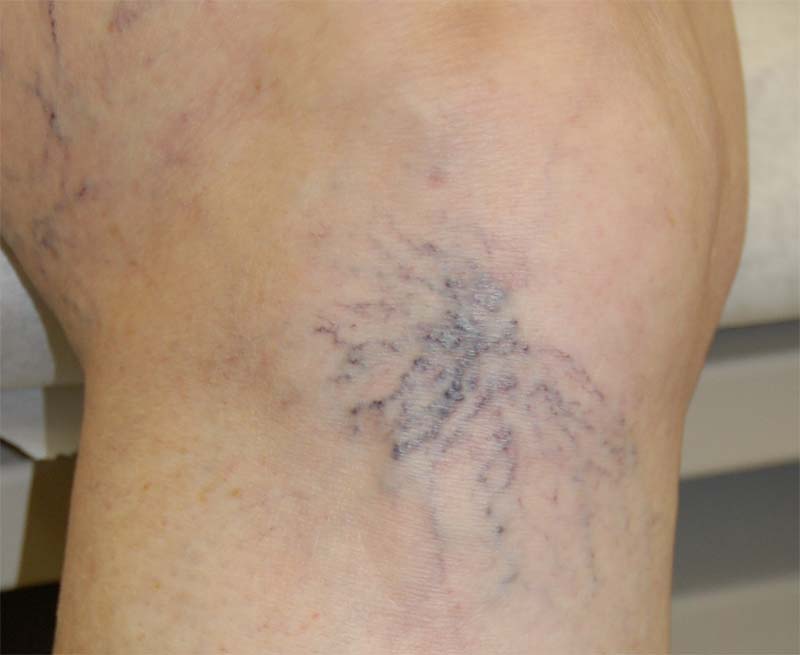
Regardless of the time of year, you want your legs to look & feel their best. But if you have varicose veins, that luxury may feel out of your reach.
Are you one of the 25 million U.S. adults with this condition? You’re not alone. It impacts around 33% of women and 17% of men. Like you, many of these individuals are not only facing the appearance of veins through the skin, but often ropy, raised areas, throbbing, and pain.
If you’re ready to eliminate varicose veins, you may be wondering what is the cost of varicose vein treatment without insurance?
Cost of Varicose Veins Treatment
Like most procedures, many factors contribute to the price, but that doesn’t mean you can’t begin to estimate the expense. Depending on which method your doctor uses, you may incur expenses like:
- Compression stockings
- Aftercare
- Professional fees for the doctor
- General Anesthesia
- Pain killers, if needed, usually for a short time
- Pre-op testing, which may include ultrasound to judge blood flow
- Facility fees
The final cost depends on whether you have coverage that will pay for some or all of the procedures, so it’s vital that you explore all of your options.
Costs If You Have Insurance
An insurer will usually pay for your initial consult. Some plans may require a referral from your primary doctor. During that consult, your vein doctor evaluates your condition and takes notes. They may also need to take pictures of your legs to document the severity of the condition.
Your doctor will then send this information securely to your insurer for prior authorization. A medical director at the insurance company reviews the notes from your vein doctor to see if the procedure meets criteria for medically necessary.
Even if it’s partially cosmetic, part of the treatment may still be medical necessity.
An insurer may determine medical necessity if you experience the following as a result of the condition:
- Aching
- Burning
- Changes in skin texture, which indicates lack of blood flow
- Skin ulcers
- Throbbing
- Tired, heavy legs
If you do have medical necessity, you may still have a co-pay, co-insurance, and deductible. Nevertheless, your insurer may have negotiated rates, which impacts how much you pay.
Costs If You Don’t Have Insurance
If you don’t have coverage, then you do not have to meet any medical necessity requirements, but you will be paying for the procedure out-of-pocket. Fortunately, Inovia Vein offers payment plans and self pay discounts to help you cover these expenses.

For spider veins, our staff may recommend sclerotherapy. For people with no coverage, this procedure typically costs around $350-500 per session. This may vary by state and is linked to the cost of living. For example, Oregon generally has a higher cost of living than Mississippi. Therefore, procedures are likely to be more in cities.
It is not uncommon to need multiple sessions, especially if both legs need to be treated. Your provider can estimate the number of sessions you need during your consultation, so you have no surprises. Multiple sessions could mean several $1000 for more severe cases.
Some of the more advanced procedures include Varithena foam injection, which may range from $2000 to $3000 and a Closurefast Radiofrequency Ablation (RFA), which may cost $3000 to $5000. Costs vary depending on the number and size of veins to be treated. After a vein evaluation, we can help you by providing a detailed estimate of the costs in advance of treatment.
How We Can Help With Varicose Vein Treatments
Here at Inovia, we specialize in varicose veins and offer several state-of-the-art, minimally-invasive options to meet your unique needs. That means less down-time and better results.
You may need Closurefast, which is Radiofrequency Ablation (RFA). In this procedure, we apply gentle and targeted heat to close the large saphenous veins, which are contributing to your varicose veins. Once closed, blood will re-route itself through healthier veins.
But not all veins will be responsive to the above method, so we have other tools to help you achieve your leg goals.
Varithena vein treatment is an exciting treatment for those with smaller visible veins. As a form of Sclerotherapy, Varithena involves the use of a foam, which we inject into the smaller visible veins. This causes the blood to re-route, and then the vein dissolves.
Venaseal vein treatment is one of the latest solutions to become available. It is an ultrasound-guided procedure that involves using medical grade adhesives to cause lower extremity superficial truncal veins to close permanently.
Each of these procedures is office-based and only require local anesthesia, helping you achieve your leg goals for less cost and will less downtime than other options.
What to Expect After a Vein Procedure
You may experience bruising and swelling for a few days after, so you may need to wear compression stockings around the clock for two days and several hours a day for the next five days.
During this time, you can generally perform daily activities and go to work but will need to avoid anything too strenuous.
Once the initial recovery time has passed, most patients say they experience a reduction or elimination of the leg aching they had before. If you have venous ulcers, these should heal quickly now, and skin color and texture will slowly restore itself.
90% of patients receiving procedures like these maintain their treatment results for at least five years, although genetics and lifestyle factors may extend the results.
Are you considering a vein procedure? Do you need help meeting your leg goals? We’d love to speak with you! Simply fill out our Online Appointment Request Form or call any of our locations in NW Portland, Tigard, Happy Valley, Hillsboro or Bend, Oregon.


